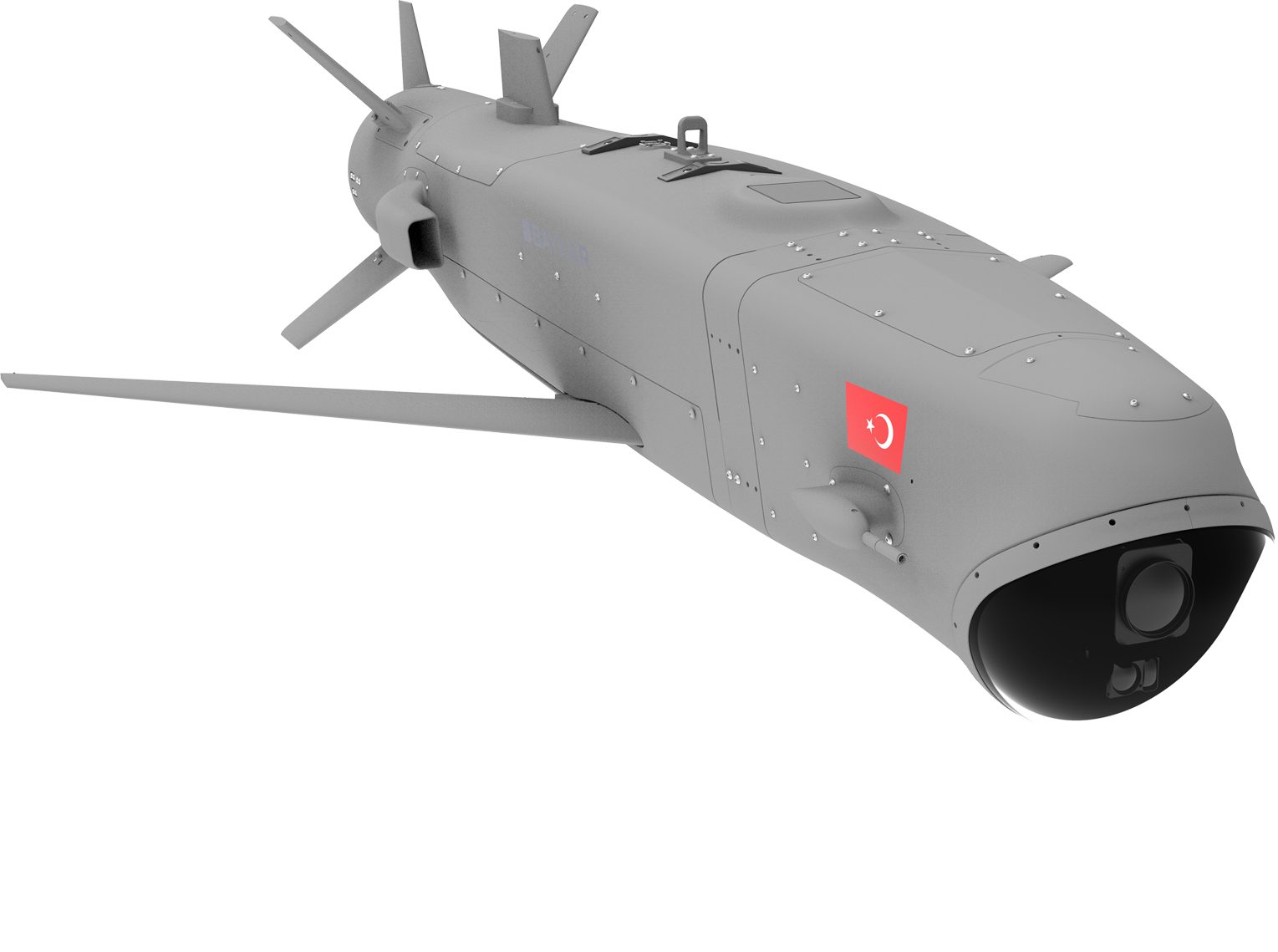LeGenD
MODERATOR

- Joined
- Aug 28, 2006
- Messages
- 15,799
- Reaction score
- 162
- Country
- Location
Here:S.Arabia has great Radar network
Problem is pathetic PATRIOT which focused the military’s planning to intercept high flying Ballistic Missiles and Fighter Jets
low flying cruise missiles and kamikaze drones have small radar signatures and can fly close to the ground, sharply reducing the detection range
They also are easy to maneuver, allowing them to hit the coverage gaps between Radars and PATRIOT batteries.
That’s why short-range defenses such as Turkish KORKUT , SUNGUR , GURZ , HISAR-A that protect against targets within visual range are so important
YES
16 TOR-M1s are everywhere in your fantasy world
16 TOR-M1s are in Crete to protect S300s and Air Bases
Your VELOS is also useless against Turkish IHA-230 air launched supersonic Ballistic Missiles
and ATACMS , YILDIRIM , BORA , TAYFUN Ballistic Missiles
RIM-7M can not intercept Ballistic Missiles
As the above threat list indicates, the September 14 attack came at a time when Saudi missile defenses were overstretched. Apparently, the combined drone/cruise missile strike entered the kingdom from the north near the border with Iraq and Kuwait, which blindsided air defenses protecting the targeted areas because most of them face east and do not have 360-degree coverage. This path, combined with the low-altitude capabilities of the weapons involved, exploited holes in the IADS caused by scarcity of radar systems and physical limitations like the curvature of the earth.
Iran has had decades to observe Saudi air defenses and likely recognized all of these vulnerabilities. The May 14 attack launched from Iraq may have been intended to test these same weaknesses.
Another problem is the Saudi system’s failure to react when anecdotal information from social media and local reports hinted that an attack was coming. An ASV network does not have to rely solely on radars and related technology—for example, Saddam’s Iraq developed a capable network of visual observers and acoustic stations to report the sounds of incoming cruise missiles. Yet the Saudi IADS failed to incorporate readily available information in this case, reflecting a lack of training in the northern air defenses. In contrast, more experienced personnel on the Yemen front have become adept at using visual observers to help direct radars to the right vector on narrow-beam mode, giving them the sensitivity needed to spot small targets.
Even if a proper warning had been issued, intercepting the attack would have been both difficult and risky with Saudi Arabia’s current systems. Its older Skyguard radar-controlled antiaircraft guns and Shahine short-range surface-to-air missiles were designed to counter aircraft and would struggle to intercept smaller and slower cruise missiles and drones. Using these defense systems in built-up areas or civilian airspace would also raise concerns about collateral damage and misidentification. To minimize these risks while successfully engaging the attack in the two to three minutes between detection and impact, local personnel would need to take bold, precise action with little room for miscalculation.

Plugging the Gaps in Saudi Arabia’s Air Defenses
The kingdom already has much of the equipment needed to intercept Iranian air attacks, but it needs Washington’s help on reacting more quickly, deterring Tehran, and establishing joint defense networks with other Gulf states.







